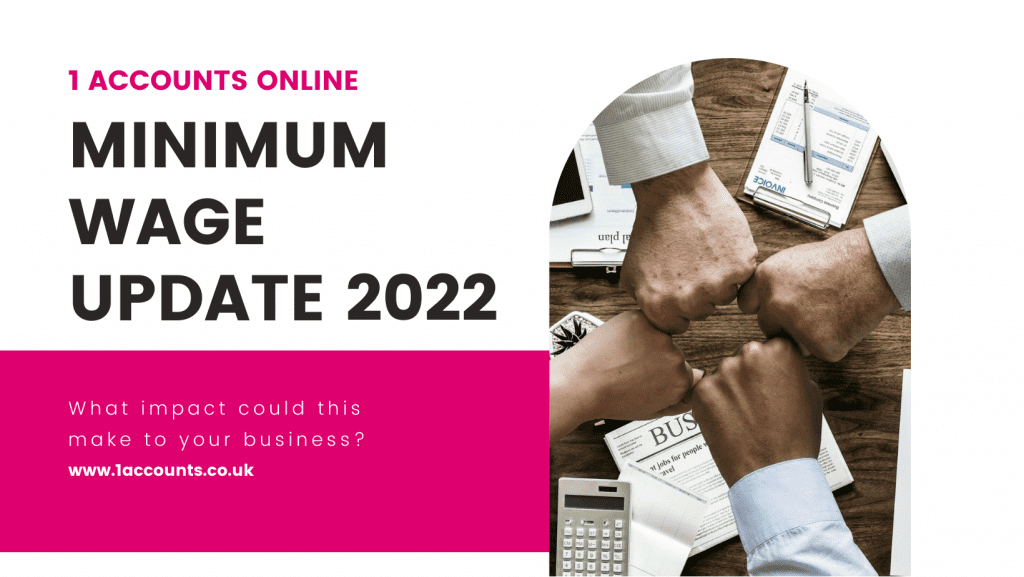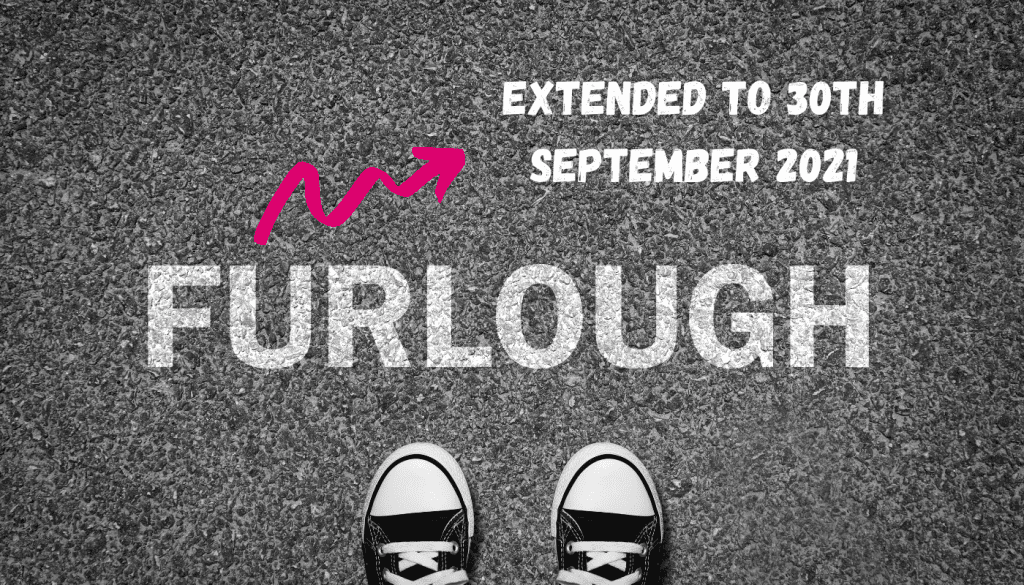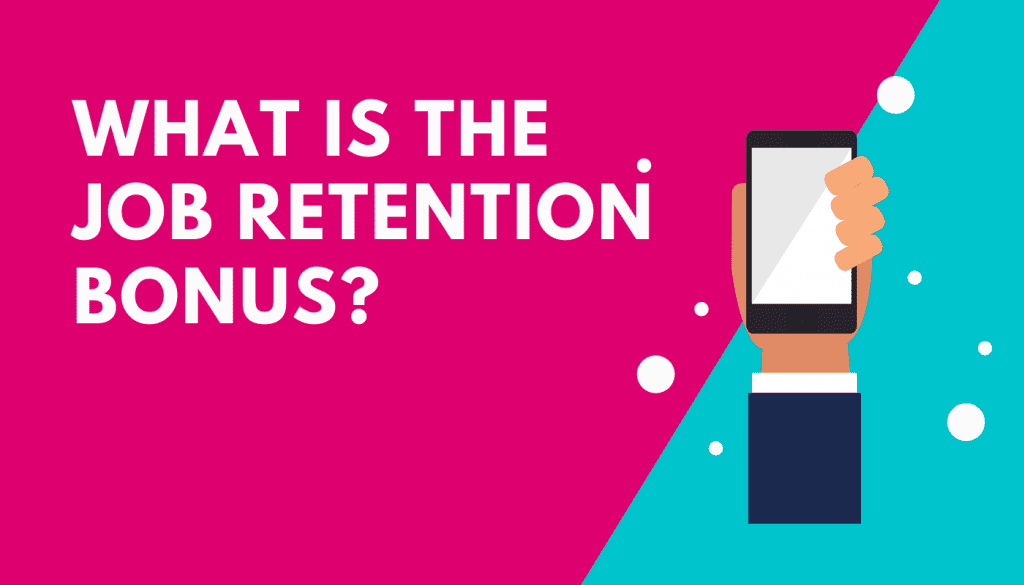
With costs going up across the board it is unsurprising that the national living wage is also being increased. However,…

With costs going up across the board it is unsurprising that the national living wage is also being increased. However,…

When asked “What does an accountant do?” many people answer with accounts, tax or compliance work. While that’s true, what…

The current version of the furlough scheme that started on 1 November 2020 was scheduled to end on 30 April…

Employers will be able to claim a one-off payment of £1,000 for every employee they have previously received a grant…

CORONAVIRUS JOB RETENTION SCHEME (CJRS) UPDATE. From 1st July “Flexible Furlough” was introduced and the calculations and time recording of…

Flexible Furloughing From 1 July 2020, Businesses will have the flexibility to bring previously furloughed employees back to work part-time…

What did Rishi mean I get 80%? The government has at last announced a package of support for self-employed individuals…